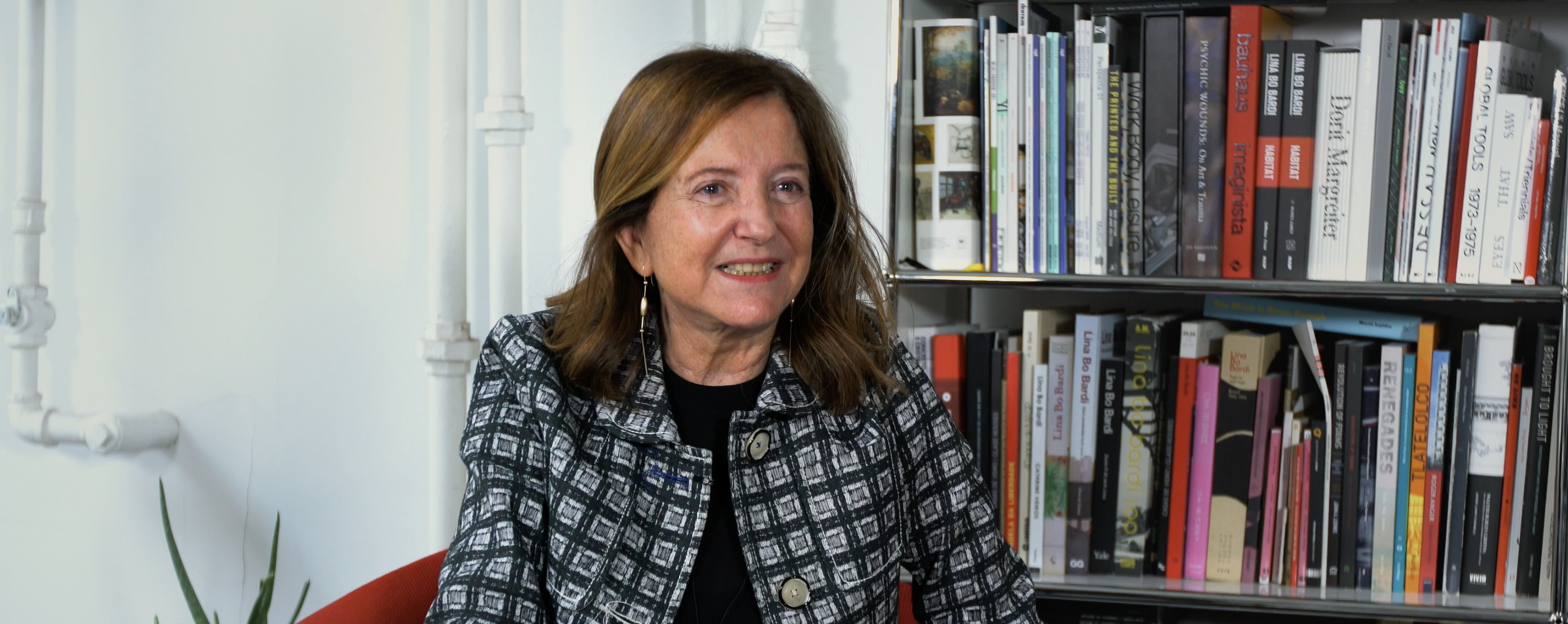Beatriz Colomina
In this episode our ‘Building the Future’ series, Beatriz Colomina, Director of the Program in Media and Modernity, School of Architecture, University of Princeton, NJ, USA, discusses the impact of Norman Foster's architecture, his legacy and the work carried out by Norman Foster Foundation.
First time Beatriz Colomina met Norman Foster, was when she was still a student, having to read about the importance of his high-tech architecture. Years after that, she started collaborating with the Norman Foster Foundation, which she deeply admires, since it is constantly asking different questions related to topics such as climate change, energy or ecology. Colomina praises the educational function of the Foundation, so important for the future generations.
Asked about her favorite Foster project, she highlights the Sainsbury Center for Visual Arts (1978), because of its contrasts, ‘being at the same time standardized but unique, impossibly long but somehow light’, and for being ‘incredibly modern and still modern today’.
‘Transformative architects have always stood side by side with transformative historians’ influencing each other, in a way that they influence each other, having to look at the past in order to build a better future.
Beatriz Colomina is an internationally renowned architectural historian and theorist who has written extensively on questions of architecture, art, technology, sexuality and media. She is Founding Director of the interdisciplinary Media and Modernity Program at Princeton University and Professor and Director of Graduate Studies in the School of Architecture. Her work has been published in more than 25 languages and she also has curated a series of international exhibitions, based on archival and oral history research, as interfaces to communicate research to a wider audience with physical installations, digital platforms and new forms of publication.

